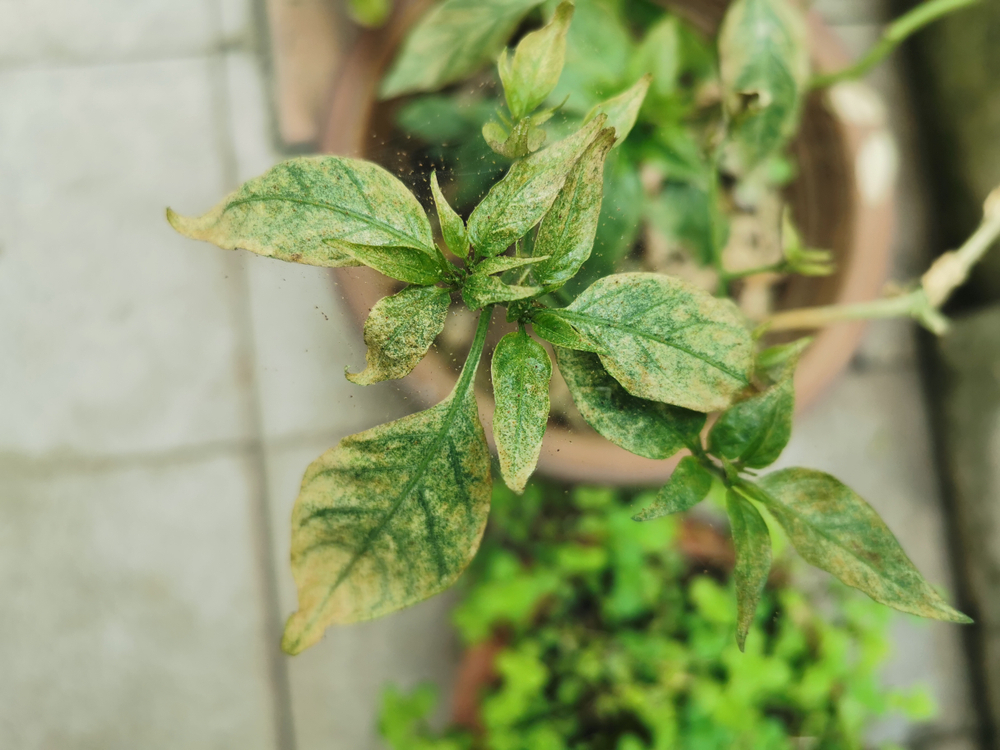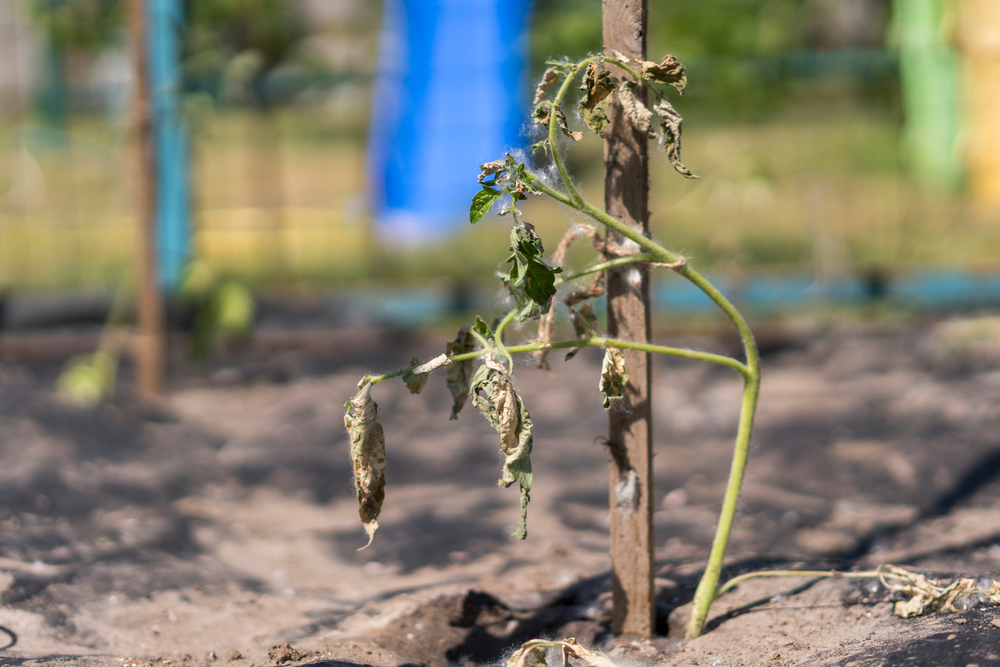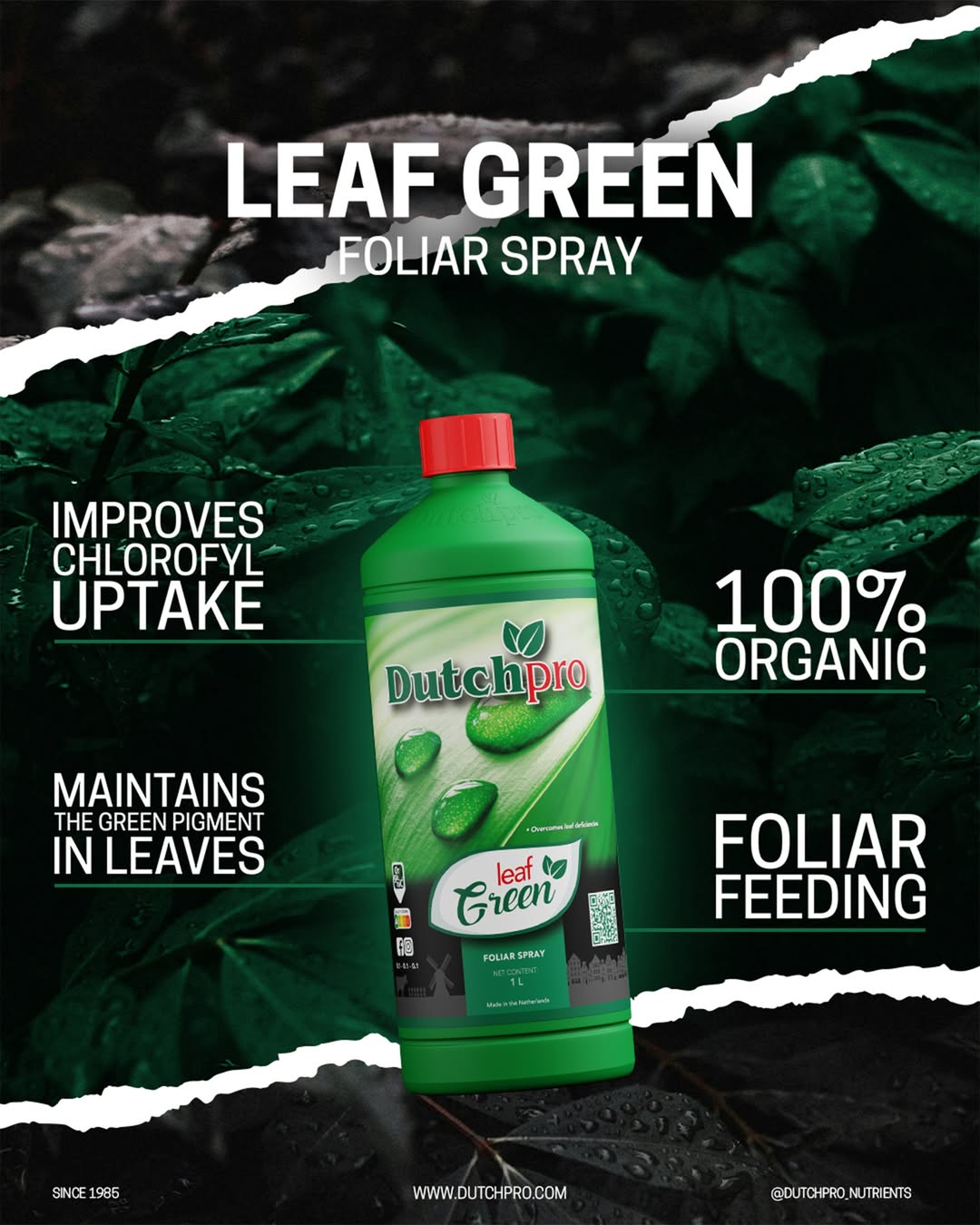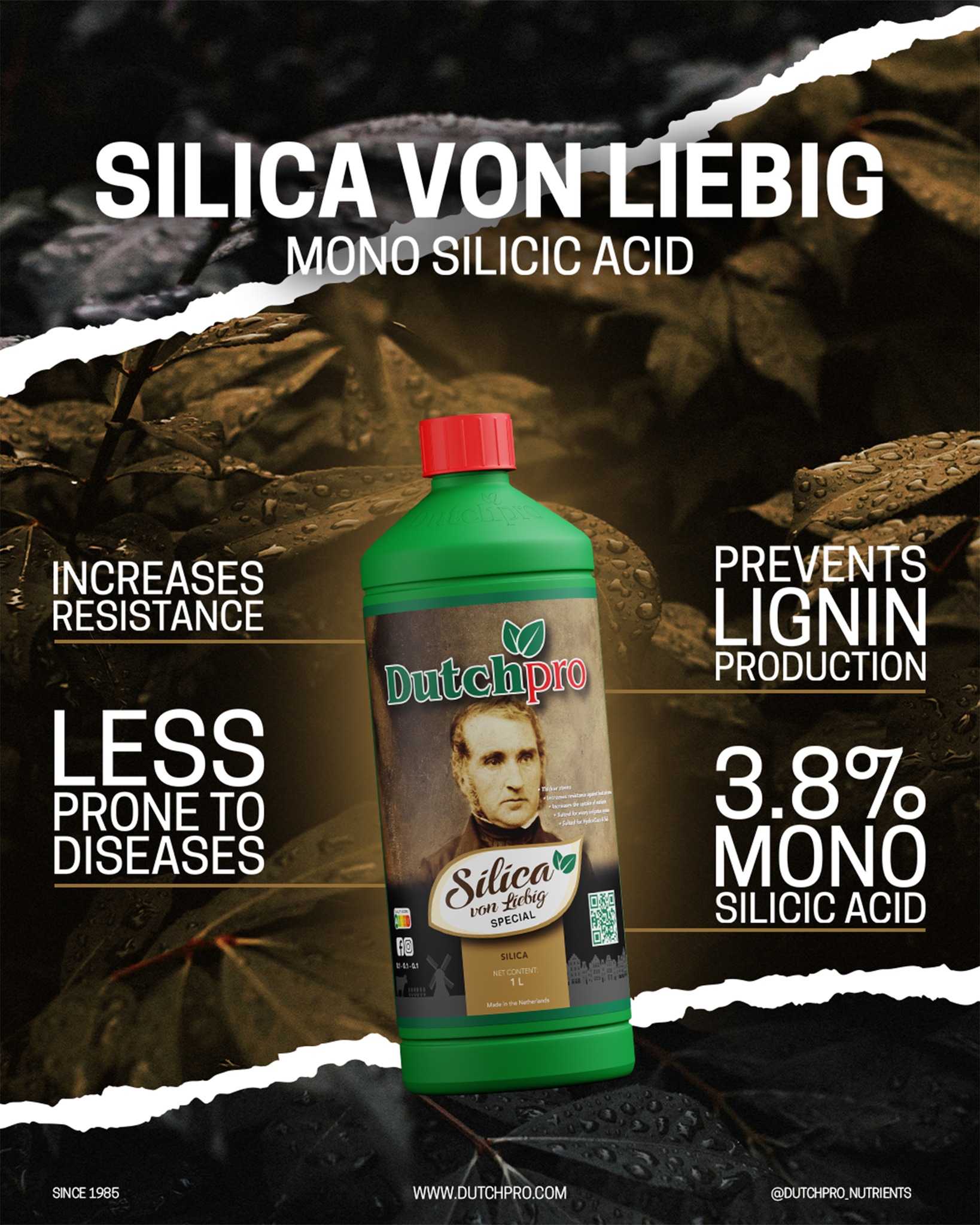It has happend to everyone owning plants. A plant dies… even though you are or you think that you did everything you could. It’s not a suprice, because there are alot of things that can go wrong and result in a plant dying.
In this article, we will go over all the problems that might kill your plant. This is the ultimate guide about everything that might kill your plant.
- General information
- Lights
- Pest infections
- Disease
- Extreme temperatures
- Rapid change of temperatures
- Nutrient deficiencies
- Lack of knowledge
- Poor soil quality
- Watering
- Physical damage
2. Lights
Lights can potentially kill a plant if they are not used properly. Some potential ways that lights can kill a plant include:
Providing too much light:
When plants are exposed to excessive light, they can become stressed and may stop growing or wilt. In extreme cases, too much light can even cause plants to die.
Providing too little light:
When plants do not receive enough light, they may become weak and spindly, and they may not produce flowers or fruit. Without enough light, plants will not be able to produce enough energy to sustain themselves, and they may eventually die.
Using the wrong type of light:
Different types of lights can have different effects on plant growth. Using the wrong type of light, or using a light that is not designed for growing plants, can cause plants to become stressed or damaged.
Using lights incorrectly:
Using lights improperly, such as by placing them too close to the plants or leaving them on for too long, can also cause plants to become stressed or damaged.
By understanding the light requirements of your plants and using lights correctly, you can help to avoid killing your plants.

3. Pest infections
Pest infestations can potentially kill a plant by causing damage to the plant’s leaves, stems, roots, or fruit. Some common pests that can infect plants include aphids, mites, whiteflies, and slugs. These pests can feed on the plant’s tissues, causing them to become weakened or diseased. In severe cases, pest infestations can cause a plant to die.
Pest infestations can also spread diseases from plant to plant, further increasing the risk of plant death. For example, some pests can transmit viral infections as they feed, causing the plant to become infected and die.
To prevent pest infestations and protect your plants, it is important to regularly inspect your plants for signs of pests and to take appropriate action if any are found. This may involve using chemical pesticides, implementing natural pest control methods, or removing and disposing of infected plants to prevent the spread of pests and diseases. By taking these steps, you can help to protect your plants from pest infestations and reduce the risk of plant death.
4. Disease
Diseases can potentially kill a plant by causing damage to the plant’s tissues and disrupting its normal functions. Some common plant diseases include fungal infections, bacterial infections, and viral infections. These diseases can spread from plant to plant and can be caused by a variety of factors, such as poor growing conditions, pest infestations, and environmental stress.
Diseases can cause a range of symptoms in plants, including yellowing or wilting leaves, distorted or stunted growth, and the production of unusual growths or masses. In severe cases, diseases can cause a plant to die.
To prevent plant diseases and protect your plants, it is important to follow good cultural practices, such as providing the right amount of light, water, and nutrients, and maintaining proper soil pH and drainage. It is also important to regularly inspect your plants for signs of disease and to take appropriate action if any are found. This may involve using chemical pesticides, implementing natural disease control methods, or removing and disposing of infected plants to prevent the spread of diseases. By taking these steps, you can help to protect your plants from diseases and reduce the risk of plant death.
5. Extreme temperatures
Extreme temperatures can be detrimental to a plant’s health and may ultimately lead to its death. High or low temperatures can cause damage to the plant’s tissues and disrupt its normal functions, such as photosynthesis and nutrient uptake. Both extreme heat and extreme cold can be harmful to plants, depending on the species and its tolerance to extreme temperatures.
Extreme heat can cause plants to wilt, dry out, and become stressed. High temperatures can cause the plant to lose moisture more quickly, leading to dehydration and death. In extreme cases, heatwaves can cause plants to die within a matter of days.
Extreme cold can also be harmful to plants, causing them to become damaged or killed. Cold temperatures can cause the plant’s tissues to freeze, leading to cell death and tissue damage. In extreme cases, freezing temperatures can cause plants to die.
To protect your plants from extreme temperatures, it is important to provide the right amount of light, water, and nutrients, and to maintain proper soil pH and drainage. It is also important to pay attention to the weather forecast and to take appropriate precautions if extreme temperatures are expected. This may involve moving plants to a protected location, providing extra water or shade, or using heating or cooling devices to regulate the temperature around the plant. By taking these steps, you can help to protect your plants from extreme temperatures and reduce the risk of plant death.
6. Rapid change of temperature
A rapid change in temperature can potentially kill a plant by causing stress to the plant and disrupting its normal functions. When a plant is exposed to sudden changes in temperature, it may not have time to acclimate and may become stressed as a result. This can lead to symptoms such as wilting, yellowing, or stunted growth, and may ultimately cause the plant to die if the stress is severe enough.
In addition to causing stress, a rapid change in temperature can also cause physical damage to a plant. For example, if a plant is exposed to freezing temperatures after being in a warm environment, the cells in the plant’s tissues may burst due to the rapid expansion that occurs as they freeze. This can cause significant damage to the plant and may lead to death.
To protect your plants from rapid changes in temperature, it is important to provide a stable, consistent environment and to take precautions such as providing shade or using heating or cooling devices to regulate the temperature around the plant. By taking these steps, you can help to reduce the risk of plant death due to rapid changes in temperature.
7. Nutrient deficiences
Nutrient deficiencies can potentially kill a plant by causing it to become weak and unable to sustain itself. Plants need a range of nutrients to grow and function properly, and a deficiency of any one of these nutrients can cause problems.
Some common nutrient deficiencies that can affect plants include nitrogen deficiency, phosphorus deficiency, and potassium deficiency. These deficiencies can cause a range of symptoms, such as yellowing leaves, stunted growth, and reduced fruit production. In severe cases, nutrient deficiencies can cause a plant to die.
To prevent nutrient deficiencies and protect your plants, it is important to provide the right amount of light, water, and nutrients, and to maintain proper soil pH and drainage. It is also important to regularly test the soil. We offer a great line of nutrients that make sure that, if used together, your plants get all the nutrients needed and in the right amounts. Learn more about our products HERE.
8. Lack of knowledge
Lack of knowledge can be a major factor in the death of plants. While it may seem like a simple task to care for a plant, there are many factors that can affect their health and survival. Without proper knowledge and understanding of a plant’s specific needs, it is easy to accidentally neglect or mistreat them.
For example, overwatering or underwatering a plant can be deadly. Overwatering can lead to root rot, while underwatering can cause a plant to wilt and die. It is important to understand the proper amount of water a plant needs and to monitor the moisture levels in the soil.
In addition to watering, proper sunlight and fertilization are also important for the health of a plant. Too much or too little sunlight can be harmful, and using the wrong type or amount of fertilizers can also be detrimental.
Lack of knowledge can also lead to the spread of pests and diseases. Not identifying and treating these issues in a timely manner can result in the death of a plant.
When lacking important knowledge about growing and taking care of plants, the only advise there is is to educate yourself. Read articles, watch video’s, read books and much more other educational resources to make sure you know all you need to be succesfull.
9. Poor soil quality
Poor soil quality can be a major factor in the death of a plant. Soil is a vital component of the environment, providing the necessary nutrients and support for plants to grow and thrive. Without healthy soil, plants may struggle to absorb the nutrients they need, leading to poor growth and ultimately death.
There are several factors that can contribute to poor soil quality. One of the most common is a lack of essential nutrients. Soil that is lacking in nutrients such as nitrogen, phosphorus, and potassium can result in stunted growth and reduced overall health of a plant.
Another factor that can affect soil quality is pH level. The pH level of soil refers to its acidity or alkalinity. Most plants thrive in soil that has a neutral pH level, but some plants have specific requirements and may struggle in soil that is too acidic or alkaline.
Soil structure and texture can also impact the health of a plant. Soil that is too dense or compacted can prevent proper root growth and hinder a plant’s ability to absorb water and nutrients. On the other hand, soil that is too loose or sandy may not provide the necessary support and stability for a plant.
It is important to regularly assess and improve the quality of soil in order to support the health and growth of plants. Without proper care, poor soil quality can ultimately lead to the death of a plant.
10. Watering
While watering is an essential aspect of plant care, it is possible for it to also be the cause of a plant’s death. Both overwatering and underwatering can be harmful to plants, as they both disrupt the delicate balance of moisture in the soil.
Overwatering is a common cause of plant death, as excess water can lead to root rot. When soil is consistently saturated with water, it can cause the roots of a plant to become waterlogged and unable to access the oxygen they need to survive. This can result in the death of the plant.
On the other hand, underwatering can also be deadly for plants. When a plant does not receive enough water, it will begin to wilt and eventually die. It is important to monitor the moisture levels in the soil and ensure that a plant is receiving the proper amount of water it needs.
It is also important to consider the specific watering needs of different plants, as some may require more or less water than others. Proper watering is essential for the health and survival of a plant, and it is important to strike a balance to avoid over- or under- watering.
11. Physical damage
Physical damage to a plant can occur in a variety of ways and can be caused by both natural and human factors. Some examples of physical damage include being trampled by animals, being hit by objects, and being subjected to extreme weather conditions such as high winds or heavy rain.
One of the most common ways that physical damage can kill a plant is by damaging its root system. The roots of a plant are responsible for absorbing water and nutrients from the soil, and if they are damaged, the plant may not be able to obtain the resources it needs to survive. In addition, roots provide structural support for the plant, and if they are damaged, the plant may become unstable and prone to falling over.
Another way that physical damage can kill a plant is by damaging its leaves or stems. The leaves of a plant are responsible for photosynthesis, which is the process through which the plant converts sunlight into energy. If the leaves are damaged, the plant may not be able to produce enough energy to sustain itself. Similarly, if the stems of a plant are damaged, it may not be able to transport water and nutrients from the roots to the rest of the plant, which can also lead to death.
It is important to be mindful of the potential for physical damage when caring for plants and to take steps to prevent it as much as possible. This may involve protecting plants from extreme weather conditions, keeping them away from areas where they may be trampled or hit by objects, and handling them gently to avoid damaging their roots or stems. With proper care and protection, it is possible to help prevent physical damage from killing your plants.






